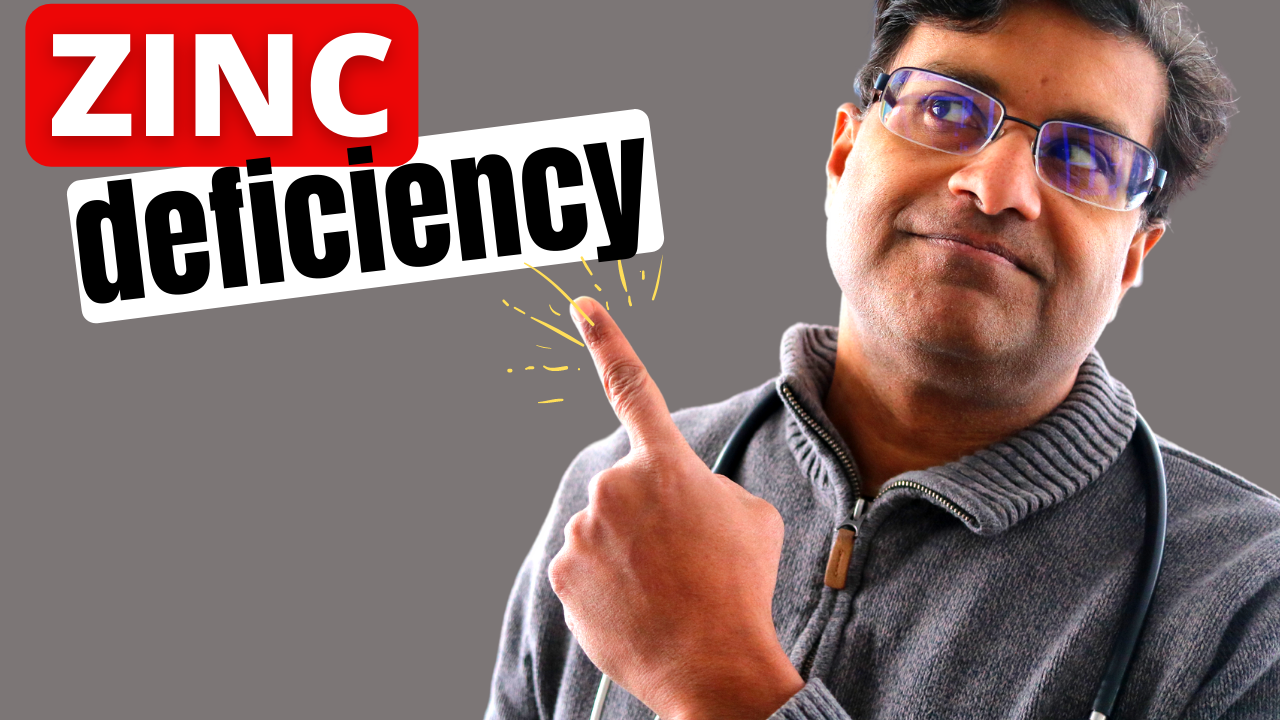What is Polypharmacy?
On December 1, 1999, the Institute of Medicine (IOM) released To Err is Human: Building a Safer Health System, which revealed that an estimated 44,000 to 98,000 people die annually from medical errors (Committee on the Quality of Health Care in America, 1999). According to the Report, “more people die in a given year as a result of medical errors than motor vehicle accidents (43,458), breast cancer (42,297), or AIDS (16,516).”(3)

Some journalists and newspapers then ran with the story this was equivalent to a jumbo jet crashing daily!
In 2016, a review from Johns Hopkins published in an article another number which was hard to fathom. Patient safety experts, in that article, calculated that 250,000 deaths per year were due to medical error in the US. The headline in several medical journals and print media were as follows:
John Hopkins Study suggests medical errors are the 3rd leading cause of death in the US.
There I got you attention. So is this true or just hyperbole.
Several medical Doctors including Dr. Gorski a medical oncologist disagreed with the findings and he said the following:
“Medical errors rarely occur in isolation from serious medical conditions”.
And also that:
“Adverse events happen even in the absence of medical errors. Many adverse events are not preventable and do not imply medical errors or substandard medical care“.
To add fuel (pardon the pun) to this the famous scientist tweeted this:
Using data from the Global Burden of Diseases, Injuries, and Risk Factors (GBD) between 1990 and 2016(1), instead of simply using insurance claims, the new study showed a modest reduction in the death rates from AEMT in the United States from 1990 to 2016 while also observing increased mortality risk with advancing age and certain geographic locations. The numbers they showed were about 50-80-fold smaller than the John Hopkins review.(1)
You are asking yourself why is this Doctor writing about this, and what does this have to do with Polypharmacy.
Polypharmacy is the administration of multiple medications at the same time. This number can vary and can range from 5-10. In my practice I prefer to choose the lower number. More than 5 medications are just too many medications. I would include over the counter and herbal/supplements in this definition.

What happens if you are taking too many medications?
- Increases the chances of side effects and adverse events
- Drug-drug interactions
- Poor compliance (just too many drugs for the older let alone the younger adults to remember, this is further compounded if the older adults has problems with vision and cognition)
- Cost
- Duplication of therapy (sometimes stay on drugs for too long which have the same effect and providers do not discontinue the drug, commonly seen with Aspirin and another drug called Clopidogrel)
- Decreases quality of life (9)
So let me give you an example of common drugs and their interaction:
- If you take Aspirin and Ibuprofen at the same time, it increases your chance of bleeding. And if you are a heart patient who is taking ASA because of its cardioprotective effect and you are taking Ibuprofen at the same time it negates the positive effect of Ibuprofen.
A survey in the United States looking at adults living in the community (aged 62 through 85 years) In 87 % of the respondents at least one prescription medication was used.36 % used five or more prescription medications were used by 36 percent.(2)
Another situation which we sometimes come across is when an older adult is transferred from the acute hospital setting to a subacute facility. In a sample of Medicare beneficiaries an average of 14 medications was prescribed.(10)
So, you are asking yourself why providers are prescribing so many medications. Older adults often have multiple comorbidities such as HTN, OA, heart failure, DM, COPD, CKD. If you want to treat heart failure according to best practices, for heart failure alone you may end with 3,4,5 medications. Then what if they have diabetes and high blood pressure. You see what I am getting at. The older adult will receive medication tailored to address each specific disease or health condition they are experiencing.That would mean a lot of meds. Obviously, the more drugs someone is on the higher the risk of drug-drug interaction and side effects from medications. In fact, in one population-based study polypharmacy was an independent risk factor for hip fractures in older adults.(11)

Patients like you, but especially older adults are vulnerable to what is referred to as the prescribing cascade. This is when a medication is prescribed to treat drug related side effects that is mistaken for a new medical condition.
- Let me give you an example. You see your doctor and you are prescribed a medication called Amlodipine (brand name is Norvasc). It’s a medication used to treat high blood pressure. However, a common side effect is edema ( swelling of your legs). You notice this swelling after a couple of weeks and go a see your provider. You might be seen by somebody else and they fail to see it as a side effect of the medication and prescribe you another medication, namely Lasix (a water pill) to treat your leg swelling.
- Another example would be you are in to see your provider and you are complaining about nausea and vomiting. They might prescribe you Metoclopramide ( brand name is Reglan). You return to the practice because you develop a tremor in your upper extremities. Someone else might mistake this tremor for the beginning of Parkinson’s disease and start you on an anti-Parkinson’s medication.

Sometimes, some drugs which have been prescribed for several years such as cholesterol lowering drugs can be safely discontinued or tapered off as goals of care for the older adult change and the risk of taking the drug outweigh the benefit as there would be no mortality benefit to continue taking the drug.
Nurses, providers doctors and patients who have worked with me in the past know that I am conservative with prescribing. I believe less is better and we should always try a non-pharmacological approach to treat a medical problem. For example if someone comes in with leg swelling, obviously we need to figure out why the leg is swollen, however, initial approaches are simple. Elevate your legs, lose weight, lifestyle changes, lower your salt intake, try compression stockings if these approaches do not work.
One point which I do not want to forget is when you get older there are some physiological changes associated with normal aging:
Increased fat mass, decrease muscle mass, decreased liver metabolism, decreased kidney excretion and decreased total body water . Because of these changes there are certain medications an older adult SHOULD NOT TAKE or take judiciously. For example Benzodiazepines (anti-anxiety medications such as Xanax and Valium) are associated with an increased risk of hip fracture in the older person. I will examine other drugs in a future articles. Because of these aforementioned physiological changes, the dose of certain drugs have to be appropriately changed as well as frequency of these drugs.
Closing the loop on medication errors. I am not suggesting that side effects of medications are per se medication errors, however, given the complexity and frailty of the older adults in context of their multiple medical co-morbidities they are more likely to be victim of an error and Polypharmacy might be a contributing factor.
Have a Good Day and Think Your Health: Check entire YouTube video here.
Sources:
- https://pubmed.ncbi.nlm.nih.gov/27174305/
- https://www.ncbi.nlm.nih.gov/pmc/articles/PMC2702513/
- https://pubmed.ncbi.nlm.nih.gov/25077248/
- https://www.ncbi.nlm.nih.gov/pmc/articles/PMC4295469/
- https://www.uspharmacist.com/article/polypharmacy-and-drug-adherence-in-elderly-patients
- https://www.aafp.org/afp/2019/0701/p32.html
- https://bmjopen.bmj.com/content/6/3/e010989
- https://bmjopen.bmj.com/content/7/10/e016358
- Geriatrics review syllabus 9th edition
- https://www.ncbi.nlm.nih.gov/pmc/articles/PMC5048583/
- https://pubmed.ncbi.nlm.nih.gov/20827106/






